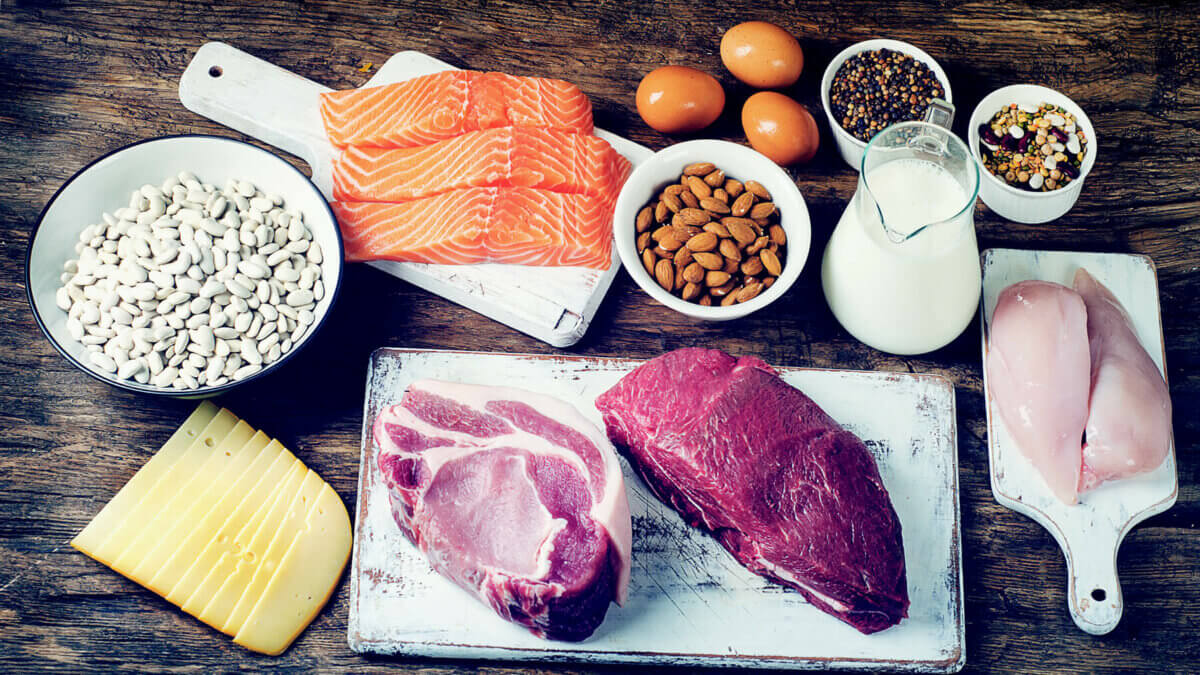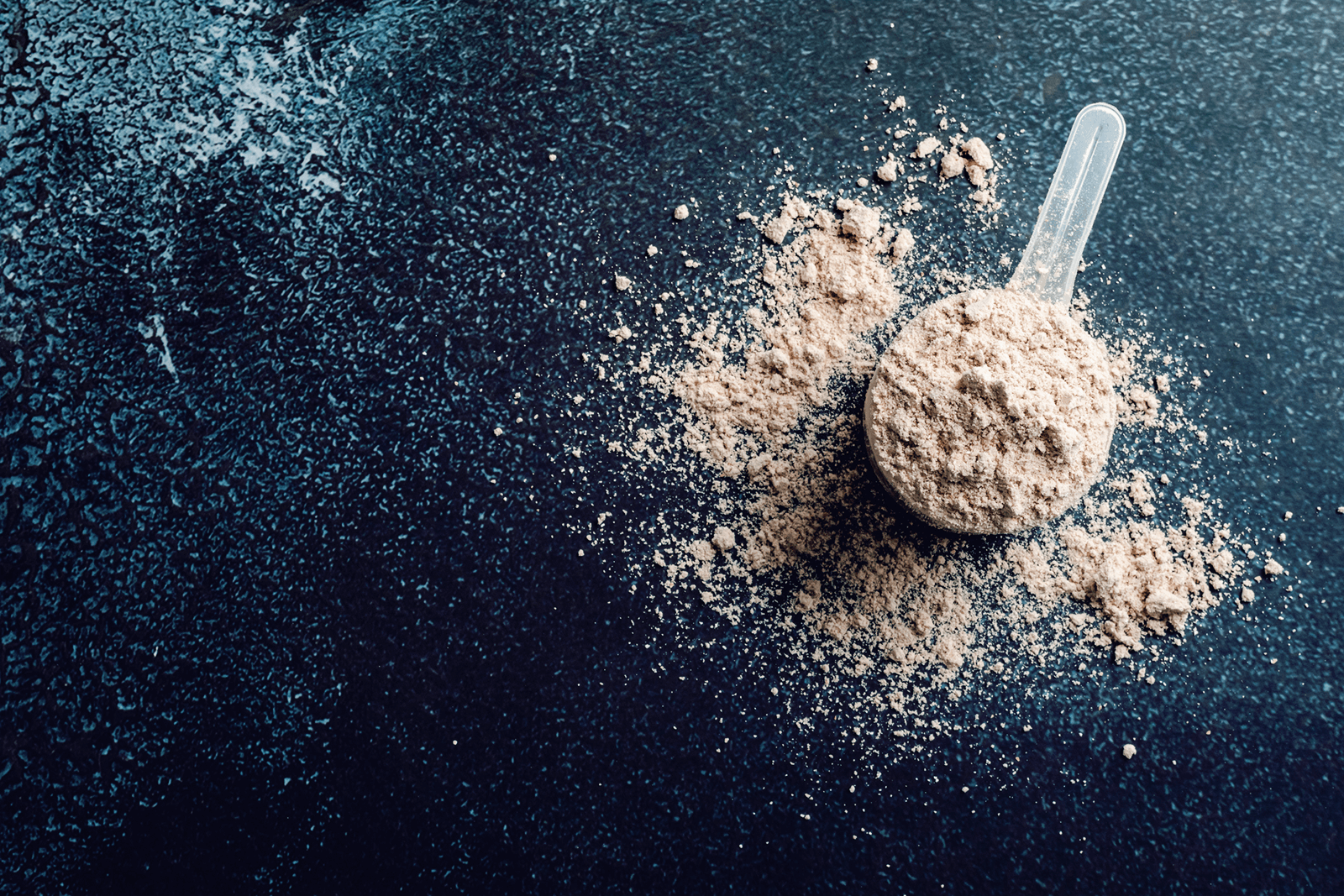Is total daily protein intake really the only thing that matters to maximize muscle growth or does the amount you have at each meal make a difference?
Overview
- What did they test? Total lean mass was assessed via DXA in 26 young men who were randomized into a high-protein breakfast group or a low-protein breakfast group (total daily protein equated) for 12 weeks while following a 3 day x week training program.
- What did they find? The high-protein breakfast group gained more total lean mass and experienced greater percentage change in strength (not statistically significant) than the low-protein breakfast group.
- What does it mean for you? While it seems evenly distributing your protein throughout the day will make a difference, the benefits are likely minimal as long as total daily protein and caloric intake are adequate and paired with a sufficient resistance training stimulus.
What’s the Problem?
Resistance training combined with adequate protein intake is necessary to maximize muscle growth and strength. Many won’t argue that, but what is often a hot debate is how much protein you should eat with each meal or how to space out your protein intake throughout the day to maximize muscle growth and strength. The primary reason why we advocate resistance training and adequate protein intake is to maximally stimulate muscle protein synthesis (MPS) to achieve a positive protein balance, which theoretically leads to more muscle over time. We have pretty good data to guide recommendations for total daily protein intake to maximize MPS, which is suggested to be a minimum of 1.6 g/kg/day, with no further benefits beyond 2.2 g/kg/day based on the most recent meta-analysis 2. So, we know you want to shoot somewhere around 1.6 - 2.2 g/kg/day to maximize daily MPS, but what about maximizing MPS at each meal? Similar to daily protein intake, after a certain amount additional benefits seem to be negligible. An acute study compared moderate protein feedings (4 x 20 g every 3h) to larger, less frequent (2 x 40 g every 6h) and smaller, more frequent (8 x 10 g every 1.5h) protein feedings; and found 4 servings of 20 g of protein to be more effective at stimulating MPS 3. In agreement, two other studies report that a protein intake of 20 g per meal is sufficient to maximize MPS with no statistically significant benefit compared to 40 g of protein per meal 4 5. This equates to ~ 0.24 g/kg, which is the average amount suggested to be adequate to maximize MPS, but could be as high as 0.4 g/kg/meal for young individuals and 0.6 g/kg/meal in older individuals based on the variability in responses between individuals 6 7.

What if you eat lower protein at one meal and try to make up for it at another meal? This relates to what is known as protein distribution, which means distributing or portioning out protein servings throughout the day. There isn’t a ton of research on protein distribution specifically, but in rats it has been shown that evenly distributing protein intake leads to greater MPS and muscle mass 8. In humans, a well controlled study found that evenly distributing protein at each meal had significantly greater 24-hour MPS than those who had lower protein intake at morning meals and greater protein intake toward evening meals 9. The current study we review supports this by showing evenly distributing protein at each meal and achieving that minimum threshold of 0.24 g/kg/meal led to more favorable body composition changes 1. But, before you get too excited let’s dig into the details.
Purpose
The purpose of this study was to examine if having a high-protein breakfast compared to distributing protein intake later at lunch and dinner would be more effective in increasing muscle mass following a 12-week resistance training program.
Hypothesis
There wasn’t a hypothesis stated in the intro, but based on the introduction it seems the authors would have believed to see a benefit to having a greater portion of protein with breakfast compared to having protein skewed later in the day for lunch and dinner.










